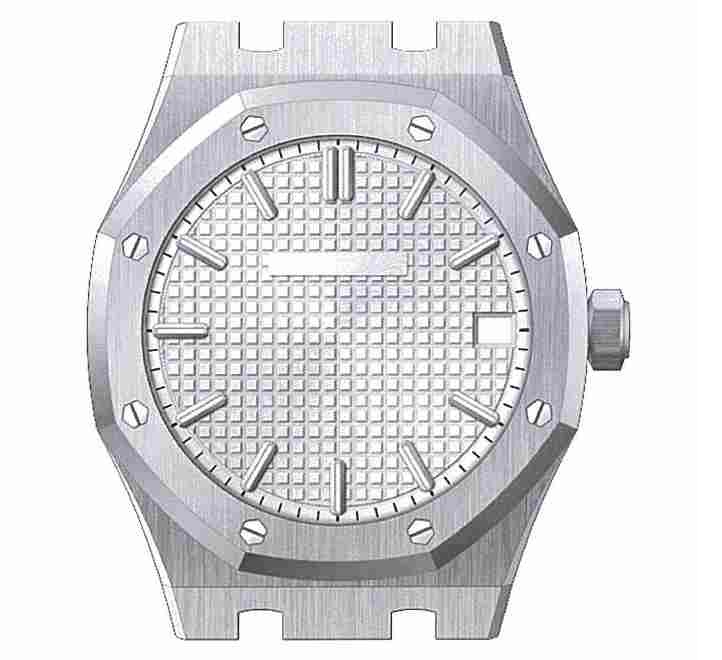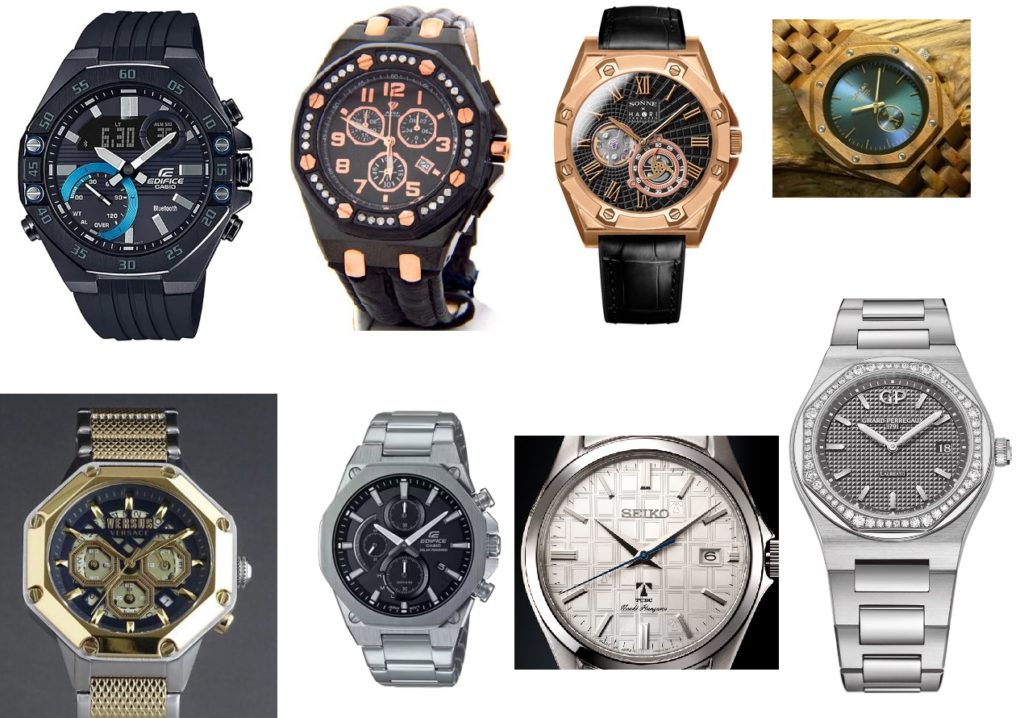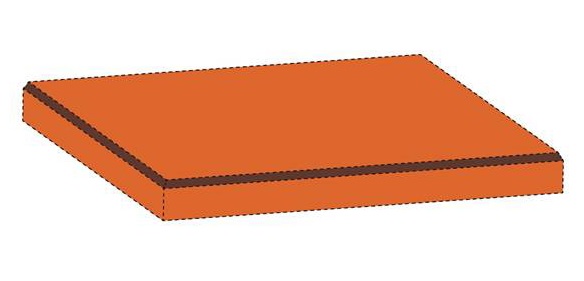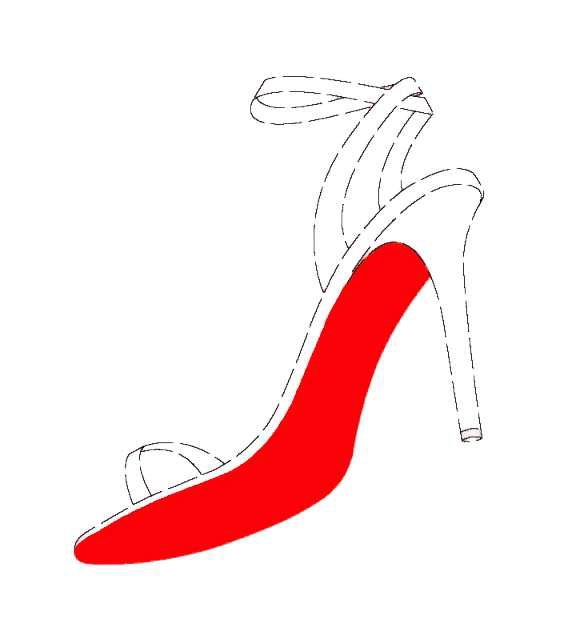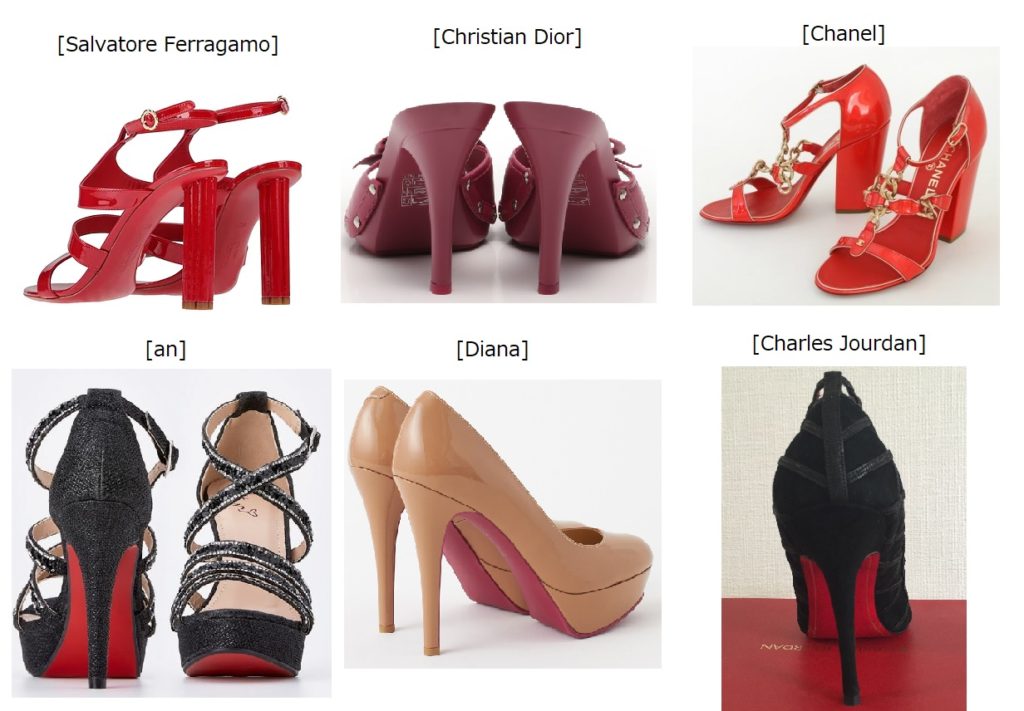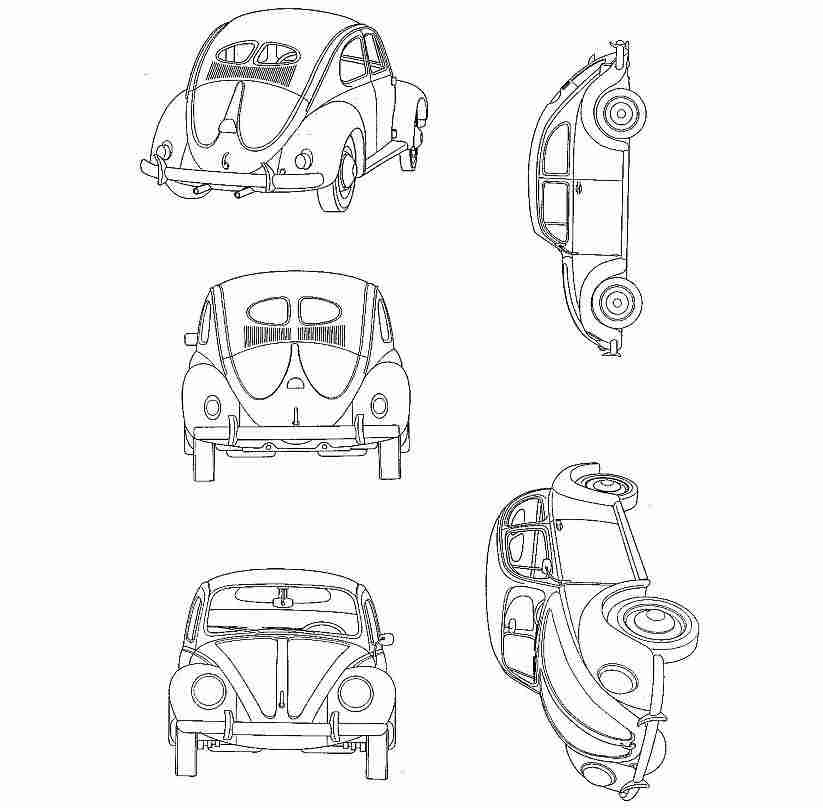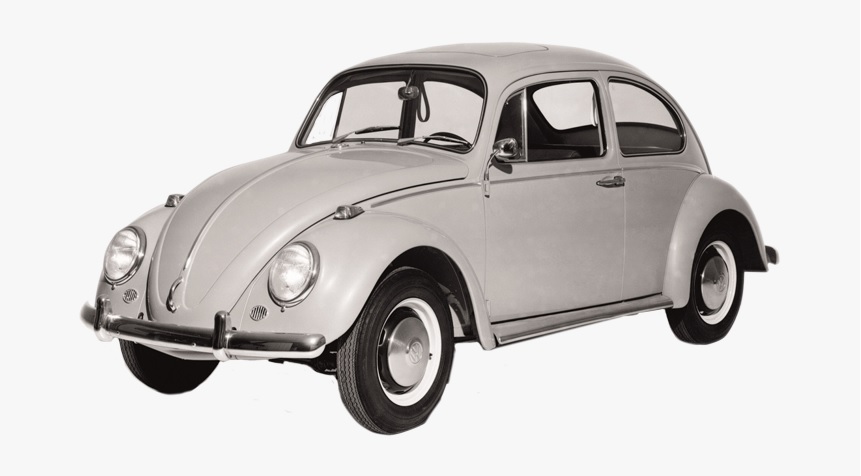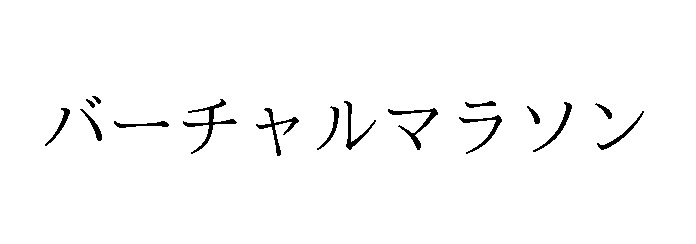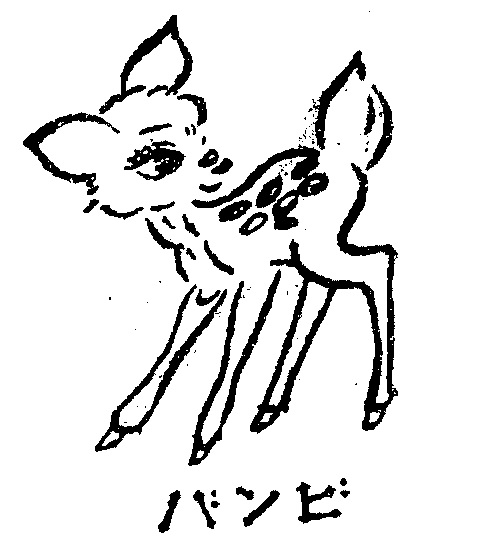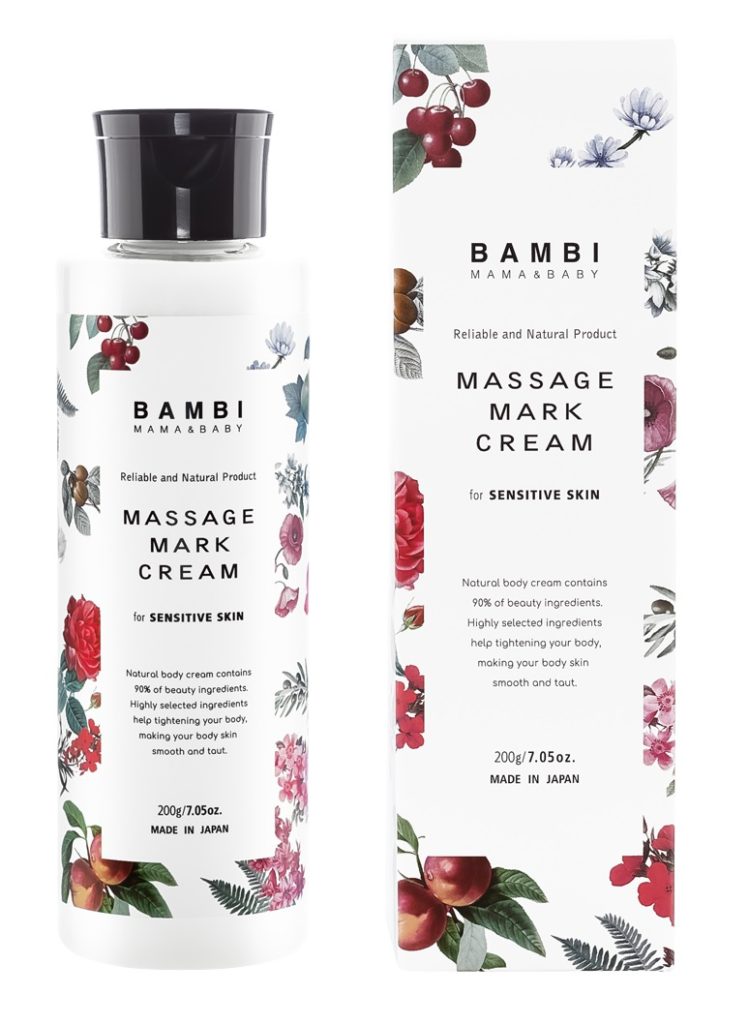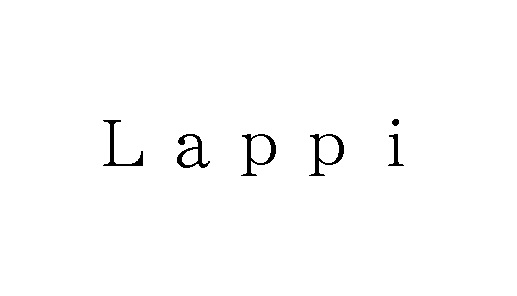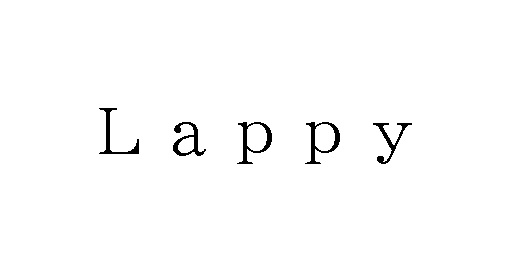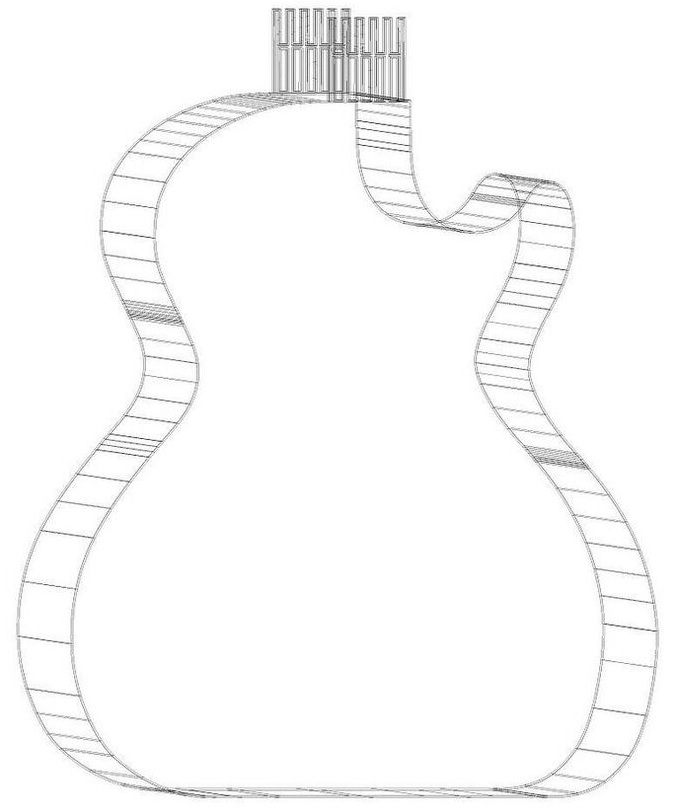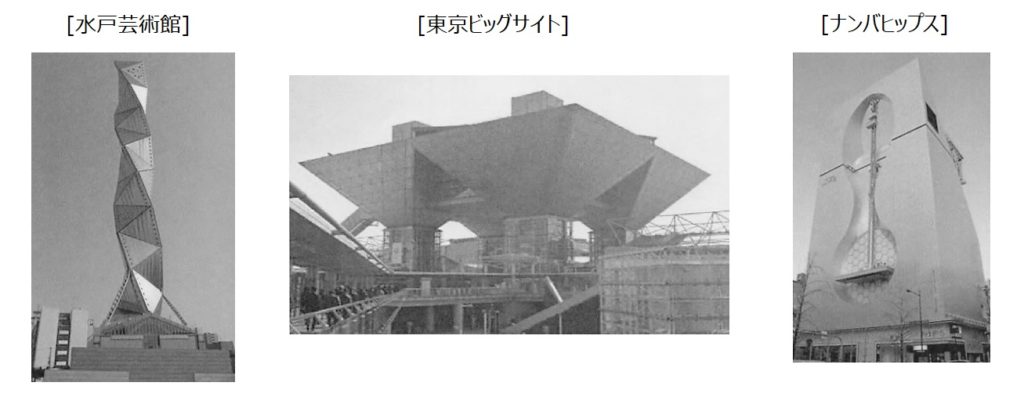The Japan Patent Office (JPO) disaffirmed the examiner’s rejection and granted protection to the 3D shape of the Casio “G-Shock” watch by finding acquired distinctiveness as a result of substantial use over the past four decades.
[Appeal case no. 20212-11052, Gazette issued date: June 30, 2023]CASIO “G-SHOCK” Watch
On April 28, 2021, Casio Computer Co., Ltd. filed a trademark application for the 3D shape of the first-released G-Shock, the DW-5000 (see below) to be used on ‘watches’ in class 14 with the JPO (TM application no. 2021-52961).
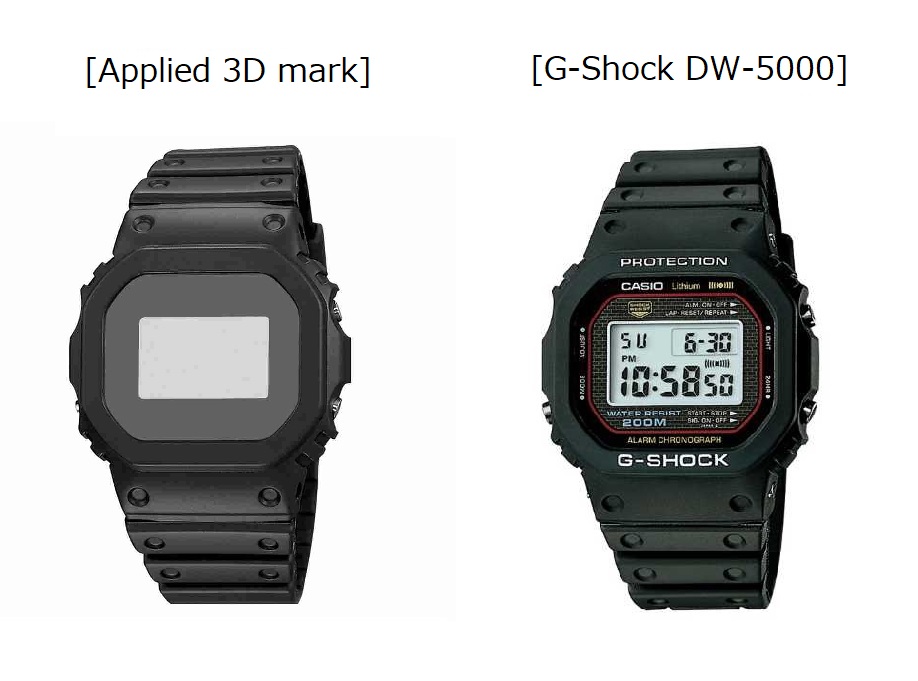
Rejection by JPO Examiner
On April 11, 2022, the JPO examiner rejected the 3D mark based on Article 3(1)(iii) of the Japan Trademark Law.
In the rejection, taking into consideration various decorations or patterns on the belt and case of wristwatches by other watchmakers (see below), the examiner considered the 3D shape of the applied mark lacks distinctiveness as a source indicator of wristwatch because relevant consumers and traders would recognize it simply represents a common shape of wristwatch adopted to enhance aesthetic function and psychological effect on the goods in question.
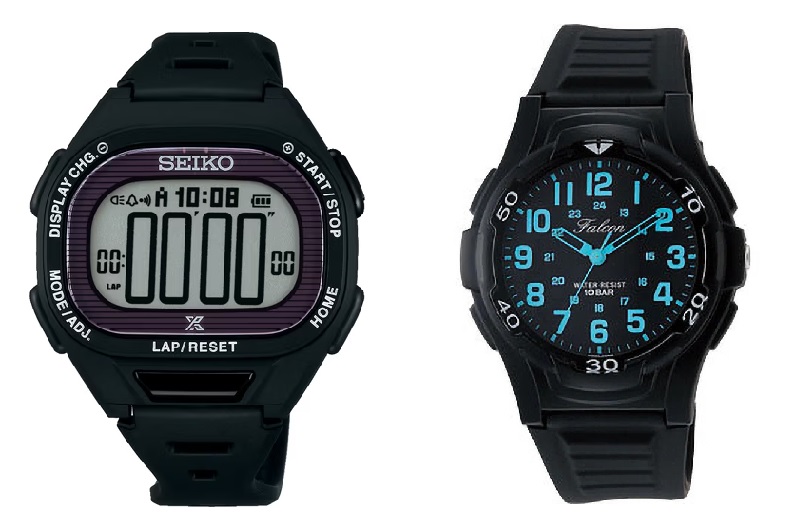
The examiner negated the acquired distinctiveness of the 3D shape of “G-Shock”, the DW-5000 regardless of continuous use on Casio’s wristwatches for 40 years on the grounds that:
- On the goods, catalogs, and advertisements, wordmarks “CASIO” and “G-SHOCK” have been constantly used as well.
- The “G-Shock” wristwatch collection has a lot of models that have a different appearance from the applied 3D shape.
- The market research that targeted a total of 1,100 men and women aged over 16 resulted in 55.52% of the interviewees answering “Casio” or “G-Shock” to an open-ended question when shown the 3D shape of the DW-5000. The percentage is insufficient to admit the 3D shape per se has acquired distinctiveness as a source indicator.
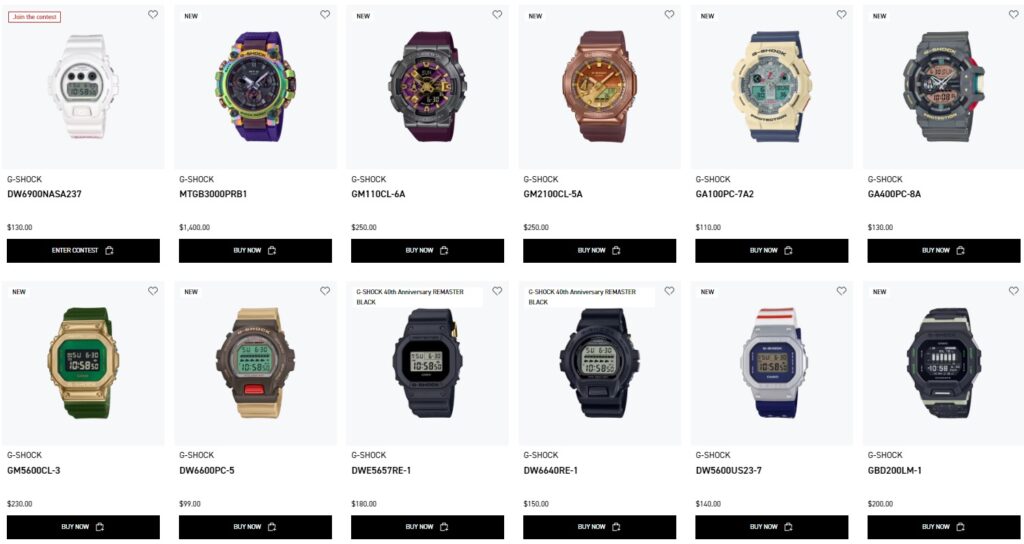
On July 15, 2022, Casio filed an appeal against the rejection and disputed the acquired distinctiveness.
JPO Appeal Board decision
The Appeal Board affirmed the examiner’s finding in applying Article 3(1)(iii) of the Trademark Law.
In the meantime, the Board paid attention to the fact 66.27% of the interviewees selected “Casio” or “G-Shock” to a closed-ended question, where it mentions G-Shock along with other close competitors.
Provided that more than 60% of consumers associate the 3D shape with Casio or G-Shock, and the shape has the reputation as a representative model of the G-Shock with its unique shock-resistance form, the Board has a reason to believe the 3D shape per se has acquired a substantial degree of recognition among relevant consumers and played a role in source indicator of Casio’s wristwatches. If so, the examiner errored in applying Article 3(2) of the Trademark Law.
Based on the foregoing, the Board decided to cancel the examiner’s rejection and admitted registration of the applied mark exceptionally based on Article 3(2).

